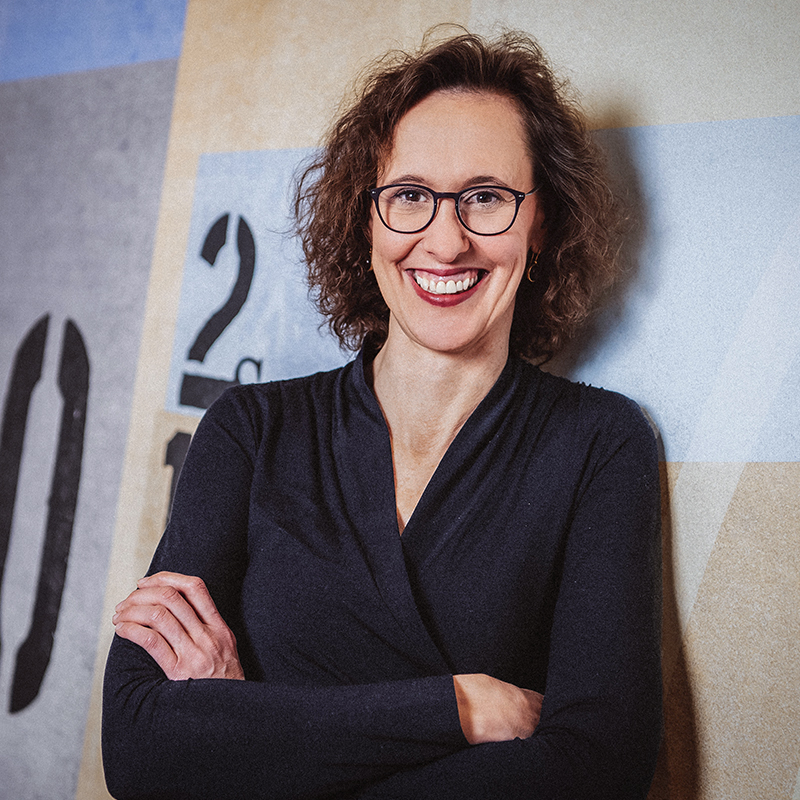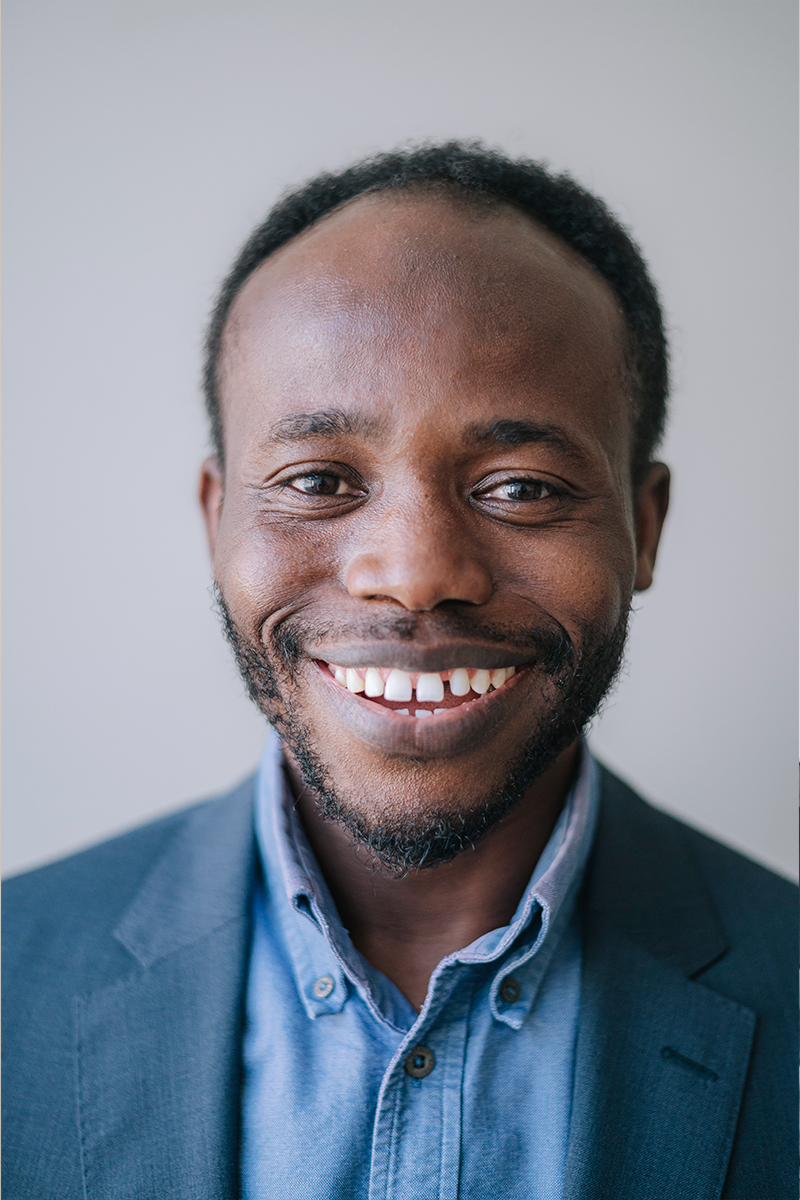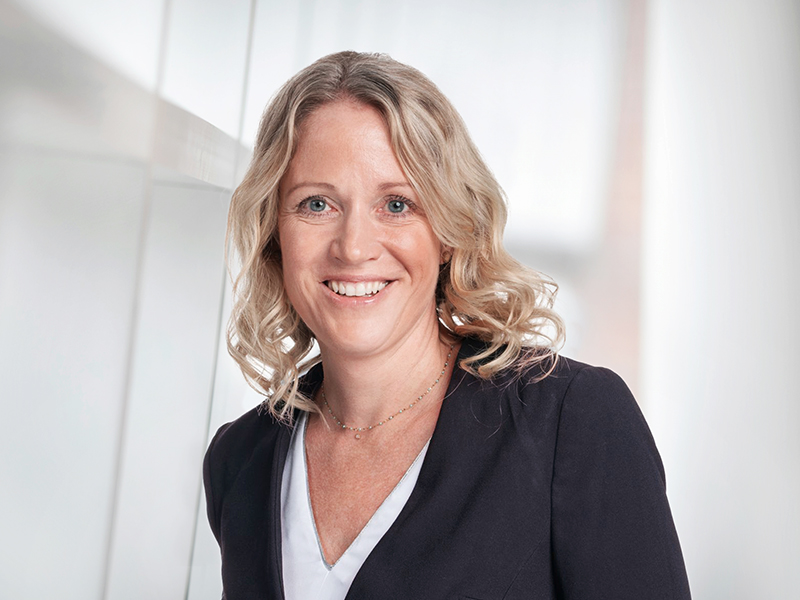Dr. Coßmann, you joined the Executive Board in February 2023 to take responsibility for the new HR and Legal function. After your first year, what is your impression of the corporate culture at Symrise and where do you see the challenges?
Symrise has a fantastic culture that impressed me from the start. It is the people and how they work together that make the difference. The company’s employees have a very entrepreneurial mindset, with a pragmatic and hands-on approach to solving problems. They are sometimes hindered by what I see as the biggest challenge in our function. The strong growth and many acquisitions in recent years have changed the company but the structures and processes haven’t quite kept pace. We lack a suitable framework for both HR and compliance.
What is your response to this?
In order to refocus on the company’s employees, as we should do in our work, we need to create structures like a transparent salary structure that enables us to see what talents we have and track the performance of both our employees and business units. If we don’t do this, we’ll be stuck in silos. Our starting point is the tHRive project, which is aimed at making our HR organization fit for the future. A core element of this is harmonizing the framework and procedures for all the company’s HR teams.
How will their work change?
We have established four Centers of Expertise covering “Talent Acquisition,” “Compensation and Benefits,” “Talent Management” and “Systems, Analytics and Sustainability.” These are all future issues that impact the entire company.
This is certain to change the tasks of our HR colleagues. Could you give some examples?
The old ways of working are not adequate in the battle for new employees. Our recruiters now operate in global networks, using LinkedIn and other social media to identify future candidates. They are able to engage with them and hopefully attract them to join us. Another example: We are working on uniform remuneration structures and job titles to also facilitate the transfer of employees between regions. To date, there have been no standard assessment criteria in talent management and few talent programs. In order to implement all these plans, we are introducing Workday, a human capital management tool. The first module should be up and running by the end of the year. There’s still a lot of work to be done before then in order to collate, analyze and process all the existing data within the company. The system will represent a quantum leap for us, enabling us to work faster, more transparently and with greater focus. It will also put us in a better position to achieve the fourth goal of our work. As part of our sustainability activities, we must intensify our reporting of HR indicators such as diversity and occupational safety and manage these accordingly.
It sounds as if a lot of effort is involved. Why is HR doing this?
We are living in an era in which companies have to compete for talents and not vice versa as used to be the case. People still want to be paid well for their work, but aspects such as a company’s purpose, culture, products and teams are becoming increasingly important. We at Symrise have a lot to offer – and we aim to highlight this.




